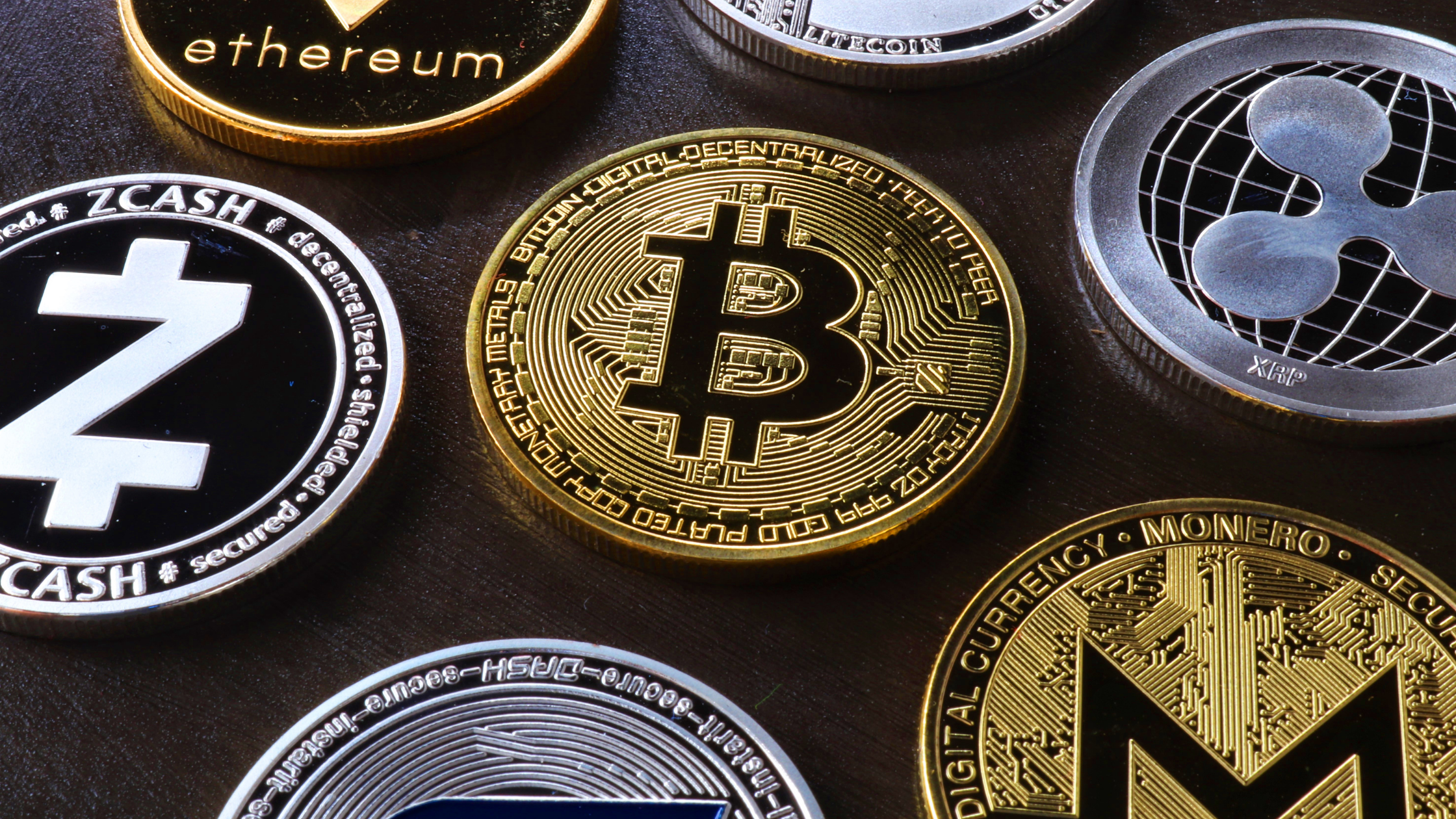
As digital currencies increase in adoption globally, this disruptive technology has caught the attention of federal institutions around the world, prompting the research and development of state-owned digital currencies. Stablecoins are widely accepted as the solution for sovereign virtual currencies due to their reliability, transparency, and opportunities for financial inclusivity.
Cryptocurrencies have shown their resilience and growth through the turbulent waves of the international phenomenon over the last half of the decade. The global economy has had to accept that virtual currencies have proved their right to stay, triggering a kaleidoscope of innovation focused on embracing this financial digitalization. According to the Atlantic Council’s Central Bank Digital Currency Tracker, over 80% of nations are investigating and investing in the development of a virtual sovereign currency linked to the fiat currency. Countries like Jamaica, Russia and South Korea are among the pioneer states that are deploying and testing a fiat bound virtual currency in hopes of securing a digitally led economy for their nations.
We all know how volatile the crypto markets are, so it is reasonable to question how governments are planning to create a national virtual currency tied to a commodity. The simple answer is through Stablecoins. If the title doesn't give it away, Stablecoins are stable cryptocurrencies with a fixed price that is backed by a fiat currency or a commodity. These currencies were born out of the early crypto investor’s need for fiat-equivalent crypto that would allow them to easily convert their Bitcoin profits into a dollar-like value. The USDC (United States Dollar Coin) by Coinbase and USDB (United States Dollar Binance) by Binance are just two of the many examples of successful Stablecoin currencies that have withstood the fluctuations of the crypto markets.
If there are existing virtual currencies pegged to the national value, why is there a need for government-backed digital coinage? Stablecoins are the rope bridge that links cryptocurrencies to conventional finance systems and as their relationship grows, so does their ability to impact one another. Stablecoins have accumulated significant power through their direct connection to fiat values without accountability to regulatory authorities despite their bank-link activities. A single misstep in the $3 trillion crypto economy will undoubtedly impact the wider global economy, justifying the call for regulatory intervention. Though the potential of catastrophic triggering events stands as an obvious reason for virtual currencies to be regulated, governments are more focused on how regulated virtual currencies will empower transparency and security for their citizens.
A key component to the introduction of State-run virtual currencies is the creation of a Central Bank Digital Currency (CBDC) under the auspices of the country’s central bank which will issue electronic coins or accounts backed by the credit of the government. The establishment of the CBDC is fundamental to the success of a Stablecoin as the institution will work in parallel with the central banks to maintain the consistent value of both the printed and virtual currencies.
An accepted advantage of a sovereign digital currency is the reduction of illicit money movement and transactions. Due to the transparent nature of blockchain technology on which cryptocurrencies are founded, there is more protection against counterfeiting and money laundering which allows for a more effective monetary policy. As it stands, federal authorities are not able to monitor the activities of crypto criminals until finances are introduced into the fiat economy due to the decentralized nature of cryptocurrencies. The centralization of the CBDC will ensure the safety of money as well as and legitimacy of transactions taking place. China’s Digital Currency Electronic Payment (DCEP) or digital Yuan is a strong example of how a government-run digital currency can successfully be integrated as a payment system and account for money held in digital wallets. The DCEP has empowered the Chinese government with enhanced macroeconomic regulation to adjust inflation and interest rates in real-time because of the traceability of every note in their economy.
A recurring message that the governments looking to introduce a virtual digital currency vocalize is the opportunity that a digital currency will create to drive digital inclusion and innovation.
In January 2022, the Bank of Russia launched the phased pilot for the digital Ruble platform, which has already proved to be a success according to the central bank. The government has announced that the rollout of the digital Ruble will begin with the provisioning of free domestic transfer between citizens and reduced transaction costs for businesses. According to Olga Skorobogatova, First Deputy Chairman of the Bank of Russia the second phase of the digital Ruble will “introduce the possibility of paying in places without internet (offline mode)” in hopes of reaching the estimated 20% of the population that fall outside of internet users. The digital Ruble has the potential of financially empowering the destitute and most impacted of the sanction tied economy.
Though digital currencies are undeniably the future of money, governments are still very much in the experimental phase in understanding their application – and like all experiments, there is success and failure. The flop of Senegal’s eCFA and Ecuador’s Dinero Electrónico has emphasized the complexities of integrating a national digital currency. The failure of both currencies has been attributed by the Central Bank Digital Currency Tracker to user uptake and lack of sustained investment in the projects, but deeper investigations have raised concern around the accessibility of digital currencies to developing nations. Financial inclusivity is a universally accepted advantage of national digital currencies, though this is attainable for countries with more economic stability it will continue to place countries with unstable economies at a further disadvantage.
There is still a long way to go before cryptocurrencies become the primary sovereign currency, but the journey has begun. The resilience, transparency, and opportunity for financial inclusion that Stablecoins provides are exciting signs that the technological infrastructure exists to reform the global economy and banking as we know it.

